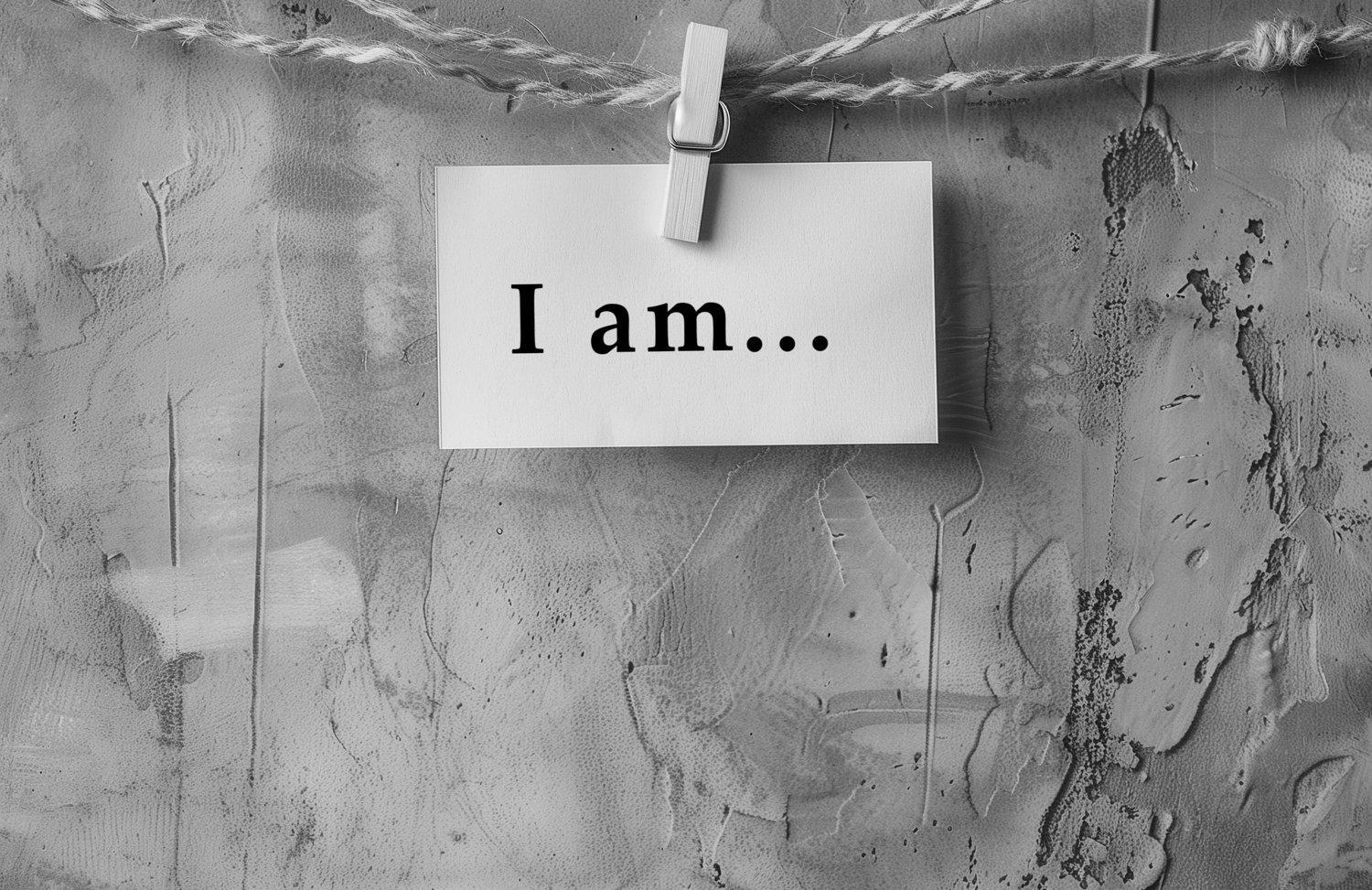Manson’s Law of Avoidance | How to Break Free from Self-Imposed Limits
Think about the last time you turned down an opportunity. Maybe it was a chance to to a fun event—a music festival, a group dinner, or even a skydiving adventure. What was your excuse? Did you think, I’m not the social type, I’m too introverted, or That’s way out of my zone? But do you know every time we run from something that scares us, it’s because we feel our identity is under attack. Author Mark Manson describes this as the Law of Avoidance: the more something threatens how we see ourselves, the more we avoid it. Even when that “threat” could lead to something amazing. It’s like holding onto a safety blanket labeled This is who I am. But what if that blanket is actually holding you back from living fully? Today, we’re going to understand Manson’s Law of Avoidance and explore how we can challenge our identity to grow and thrive. Ready to take the leap?
What Is Manson’s Law of Avoidance?
The law simply states that we avoid experiences, both good and bad, that threaten our self-concept or identity. It’s a built-in defense mechanism, where our brains resist anything that could shake up the story we’ve built about who we are. While this might sound helpful, it often becomes a roadblock to personal growth and happiness.
Our brains are wired for consistency. When we’ve internalized beliefs about who we are, any situation that could disrupt that creates discomfort. For example, if you’ve always seen yourself as unathletic, the idea of joining a sports team or even a pottery class might fill you with anxiety. Your brain screams, This isn’t you!, and you might back away before giving yourself a chance to explore.
Why We Cling to Our Identity | Psychology Behind Manson’s Law of Avoidance
Our identity is more than just a set of beliefs; it’s our psychological anchor, providing us with stability and a sense of control. We spend years developing this self-concept, which is shaped by our upbringing, culture, successes, and failures. It gives us a feeling of predictability in a world that is constantly changing. For example, if you’ve always believed you’re an introvert who thrives in quiet environments, that label can bring comfort and make social situations feel more manageable.
But why do we hold on so tightly to these labels? The answer lies in our brain’s natural desire for certainty and familiarity. Our minds are wired to crave patterns and consistency because, evolutionarily, it helped us survive. It reduces the anxiety that comes with the unknown. So, when we’re presented with an opportunity or experience that challenges our self-concept, our brain sends off warning signals. What if I fail? What if I make a fool of myself? What if I can’t handle it?
This attachment to identity is further reinforced by social expectations and past experiences. If you were once labeled as the “shy kid” or “the one who’s not good at math,” those descriptions can stick with you, even if they’re no longer true. We internalize these labels, and they become part of our reality, influencing our choices and behaviors well into adulthood. Even worse, we may fear the judgment of others if we suddenly behave in a way that contradicts our established identity. The thought of stepping out of that comfort zone can feel like a threat to our very sense of self.
Moreover, our identity often becomes a shield that protects us from vulnerability. Claiming I’m not good at public speaking or I don’t do adventurous things gives us an excuse to stay in our comfort zone and avoid putting ourselves in situations where we might feel exposed or judged. However, while this protective mechanism may feel safe, it also keeps us from growth and prevents us from living a richer, fuller life. By clinging to our identity, we limit our potential and miss out on experiences that could bring us joy and fulfillment.
Practical Steps to Challenge Your Identity
Notice Your Avoidance Patterns
The next time you feel a strong urge to avoid something, pause and ask yourself why. Is it really because the activity is bad or dangerous, or is it because it challenges how you see yourself?
Take Small, Brave Steps
You don’t have to change overnight. Start with small actions that push you out of your comfort zone, like striking up a conversation with a new colleague or signing up for a dance class. Each step you take chips away at the limits your identity has set.
Reframe Your Fears
Remind yourself that fear is just your brain’s way of protecting your identity. Instead of thinking, I’m bad at public speaking, reframe it as, I’m learning to improve at public speaking. Reframing can help you open up to new experiences without feeling boxed in.
Final Takeaway | Manson’s Law of Avoidance
When you challenge your identity, you open yourself up to personal transformation. You might discover new passions, hidden talents, or a side of yourself you never knew existed. Remember, the more something scares you, the more potential it has to change your life for the better. So, instead of clinging to a rigid self-image, lean into the discomfort and see what happens.
So, what do you choose today? Stay in the safety of your identity or take the leap and grow?
Further insights from Mark Manson , visit https://www.youtube.com/@IAmMarkManson
Read also : The 72-Hour Rule: How to Turn Ideas into Actions Before It’s Too Late https://thebrightdelights.com/the-72-hour-rule-how-to-turn-ideas-into-actions-before-its-too-late/
